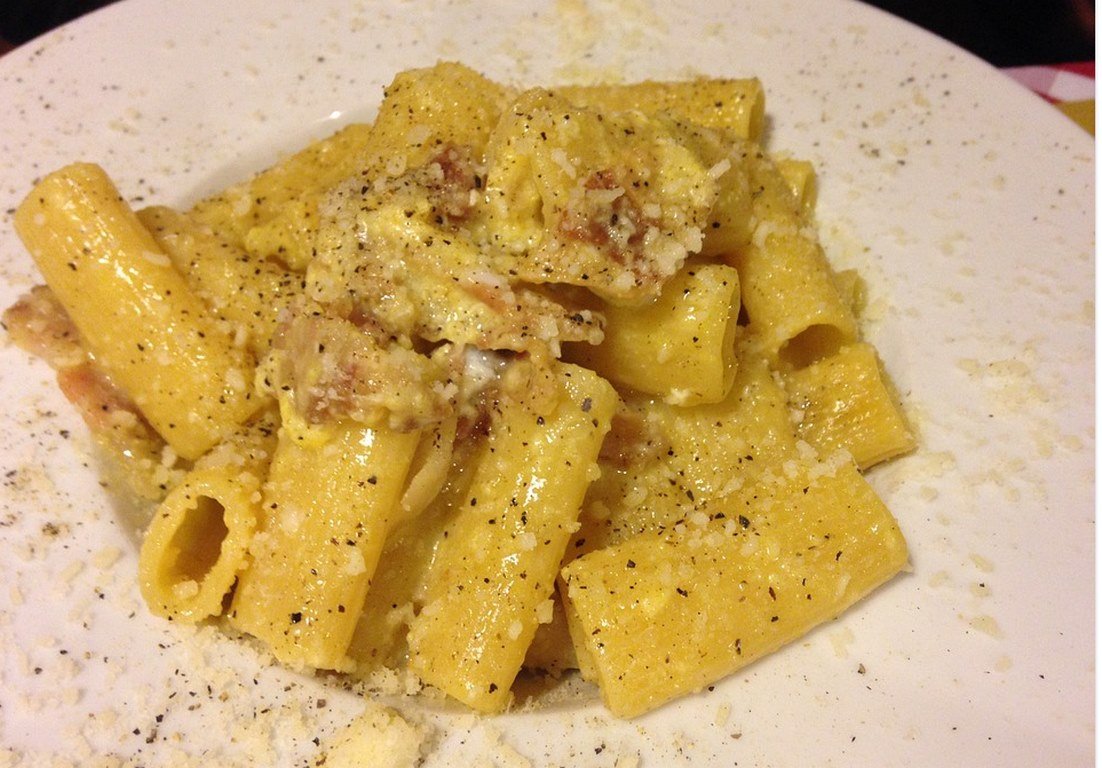Table of Contents Show
Cheese is the most beautiful and delicious garnish. While the act of grating cheese is quite cumbersome, the gooey, melted cheese is a reward that makes the grating worth it.
Some people might prefer to go for ready-made grated cheese, but there is nothing more satisfying than eating freshly grated cheese.
There are people who only focus on getting the best cheese, but having the best graters in the market can significantly help you in enjoying the experience.
If you love having your pasta with some freshly grated cheese, then keep reading to find out the best ways of grating cheese.

Use a Microplane Cheese Grater
- A Microplane cheese grater has a handle attached to a long, flat grate with small and sharp teeth.
Although they are generally used for zesting lemons or grating garlic, they are perfectly usable for grating that yummy block of cheese.
- Because Microplane graters tend to produce smaller pieces of grated cheese, it is best to use them with hard cheeses like Parmesan or Pecorino.
Grating soft cheese like mozzarella with a Microplane would only lead to a mushy mass instead of cleanly grated cheese.
- Unwrap the block of cheese. If the block is too large to hold comfortably with one hand, slice it into manageable pieces with a knife.
It is best if you keep the block on the larger side instead of the smaller ones so that there’s less of a chance you’ll hurt yourself.
- The next step is to hold the Microplane over a plate or board and gently swipe the cheese against the grate using an up-and-down motion. Continue until you have the desired amount.
- Now, tap the metal end of the grater lightly against the edge of the plate to release the excess and remaining trimmings.
You should use a pastry brush, if necessary, to remove all the cheese trimmings from the Microplane.
Using a Box Grater
- A box grater is four-sided, with each side having differently sized holes.
The box graters have larger teeth because of which they work well with softer cheeses such as mozzarella or Havarti.
- Keep your cheese medium to large-sized. This pro tip will prevent you from scraping your fingers before you have the desired amount of shredded cheese to be added to pasta.
- Now lightly coat the outside of the grater plate you will be using with cooking spray. This will make the cheese easier to glide.
Let the box grater decide how you’ll use it. For box graters without a handle, you need to hold the cheese and grater over a large bowl.
If the grater has a handle, place the end of the grater on a cutting board.
Now you should rub the cheese against the grater in an up-and-down movement.
Once you reach the end part of the cheese, you should rub it with your palm to avoid scraping your knuckles.
Read Also:
Using a Rotary Grater
- Slice your cheese using a rotary grater. A rotary grater is one that consists of a handle connected to a circular grating box-like compartment.
Then you rotate a side crank to grate the cheese. Raise the top handle and place a smaller block of cheese into the compartment, and lower the handle.
- Now apply some pressure to the top of the handle with your thumb. Grip the handle generally with your other fingers.
- Next, you have to turn the handle with your other hand while aiming the grating compartment at a nearby plate or bowl.
You can stop grating whenever you feel like you have enough shredded cheese.
Rotary graters are safer as compared to the others because your hands are not required to press against the plates.
They are also very efficient and are best equipped for making large quantities of shredded cheese.
This will work best for when you have a number of guests coming over, and since pasta is the most favorite dish of all, use this grater and leave your guests in awe.
A-Pro tip: Freeze it First!
To get this one right, pop the cheese block in the freezer for about 15 minutes before grating.
This will harden the cheese up a bit, making it easier for the holes of the cheese grater to slide.
This ensures that the cheese will not become a paste-like mushy mess. This technique will work best for mozzarella, cheddar, and jack cheese.
Conclusion
Hopefully, these grating tips helped you learn a few of the best ways to have your cheese with your favorite pasta.
If you too have some secret grating tips, make sure to let us know in the comment section.









